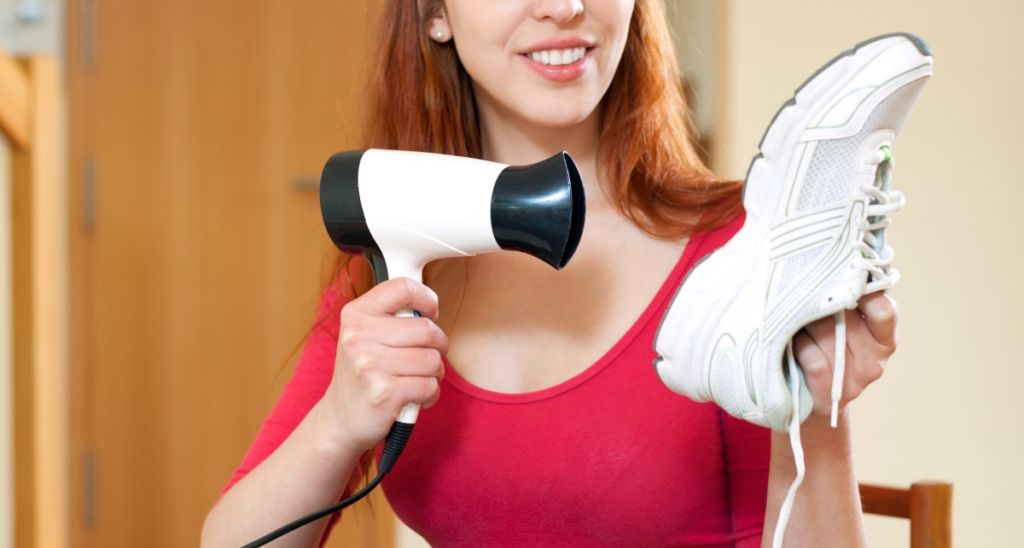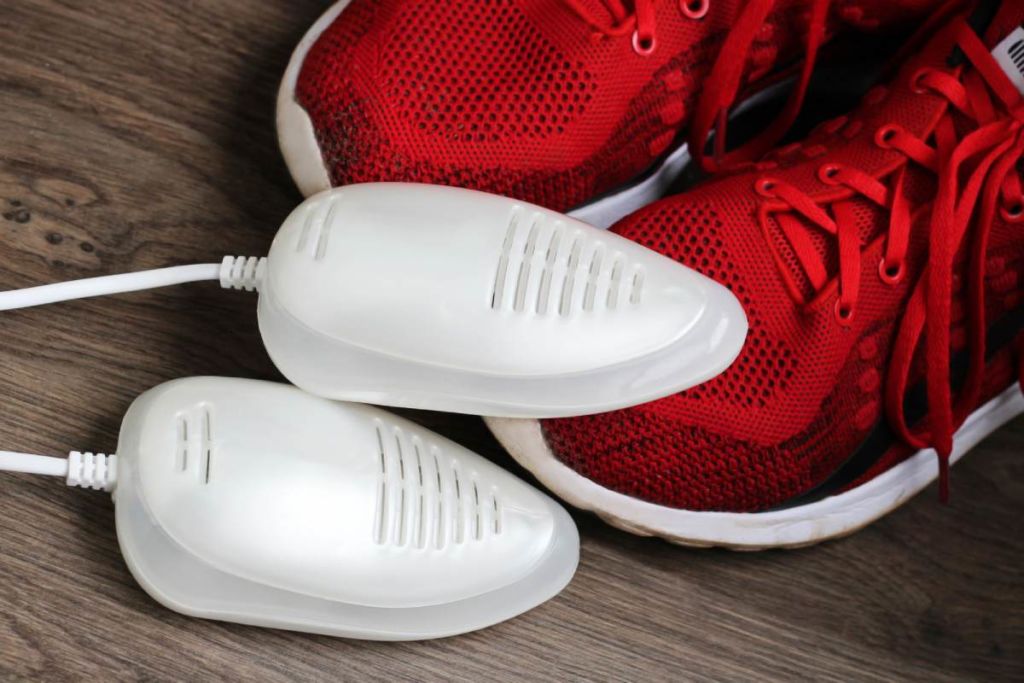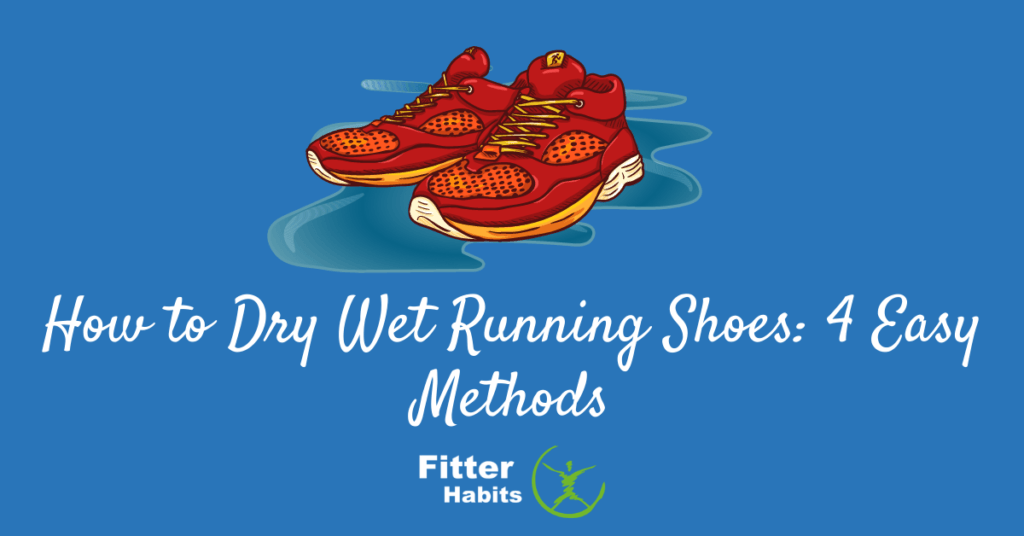If you’re frantically searching for how to dry wet running shoes, don’t worry — we’ve got you covered.
If you’ve found yourself with a pair of stinky shoes after running in the rain, you’re not alone — all runners have been there. While letting your shoes air dry over time can work, it can take days. If you need your shoes the next day (or now), it’s a smart move to try one of the tried-and-true shoe drying methods listed below.
Here, we’ll check out a bunch of options for restoring your wet shoes, so you can head out and get your miles in.
A few quick notes:
- If your shoes have removable insoles or other insertable cushioning devices, you’ll want to remove them before you begin the drying process.
- Don’t try to run in wet running shoes, even if you have to delay your training schedule by a couple of days.
- You run the risk of getting blisters and having to push back your training even further if you hit the road in a wet or damp pair of shoes.
Contents
4 Easy Methods to Dry Wet Running Shoes
1. Use A Hair Dryer

You can use a hair dryer to get your running shoes dry quickly. Remove the shoe laces to allow full access to the inside of the shoe.
While you may be tempted to use the hair dryer’s highest setting, it’s a better idea to use low or medium heat. The concentrated exposure to extremely hot air can cause the shoes to break down.
Only use the hair dryer for a minute or two at a time, and alternate between the two shoes frequently.
2. Use A Clothes Dryer
A word of caution: while this method works quickly, it’s not a great idea, as a clothes dryer’s high, constant heat level can break down the glue in your shoes.
You can expose your wet running shoes to the hot air of your clothes dryer without forcing them to bounce around. First, toss a few towels into the dryer to provide a buffer between the shoes and the direct hot air. Tie the laces of your wet shoes together, with the knot toward the end of the shoelaces.
Place the soles of your shoes against the door of the dryer, and place the shoelace knot over the top of the dryer door. Close the door, allowing the shoes to dangle against the door. This will keep the shoes in place while still allowing them to dry using the hot air of your clothes dryer.
3. Try Paper Towels Or Newspaper
This method takes a little bit longer but is less damaging to your shoes than methods that use heat. First, remove the laces of the shoes. Then, simply ball up paper towels or newspapers and stuff them into your shoes.
After your shoes are stuffed, place them in a well-ventilated area, preferably in direct sunlight. Every few hours, replace the paper towels or newspaper.
4. Use A Shoe-Drying Device

Yep — these exist (check out a few different options on Amazon here)! If you find that you’re regularly running in wet conditions, it may make sense to shell out the $20 for a shoe-drying device.
Final Word on How to Dry Wet Running Shoes
If you got caught in the rain during your run, don’t worry — you can get your shoes back to normal quickly. The best way to dry your wet running shoes depends on what you have on hand.
Whether you choose to use a hair dryer, a clothes dryer, paper towels, or a shoe-drying device, you have many options to get your running shoes dry fast.
FAQs on How to Dry Wet Running Shoes
How long will it take for me to dry my wet running shoes after getting stuck in a downpour?
If you use the above tips to quicken the drying process, your running shoes can be dry in just a couple of hours (depending on how wet your shoes are and what drying method you choose).
Will it hurt my running shoes if they get wet repeatedly?
If you replace your running shoes regularly (about every 500 miles), they’ll be able to withstand the occasional rainy day. To help your shoes stand the test of time, you won’t want to use high-heat drying methods too frequently. As often as possible, go with the newspaper/paper towel and direct sunlight option.



